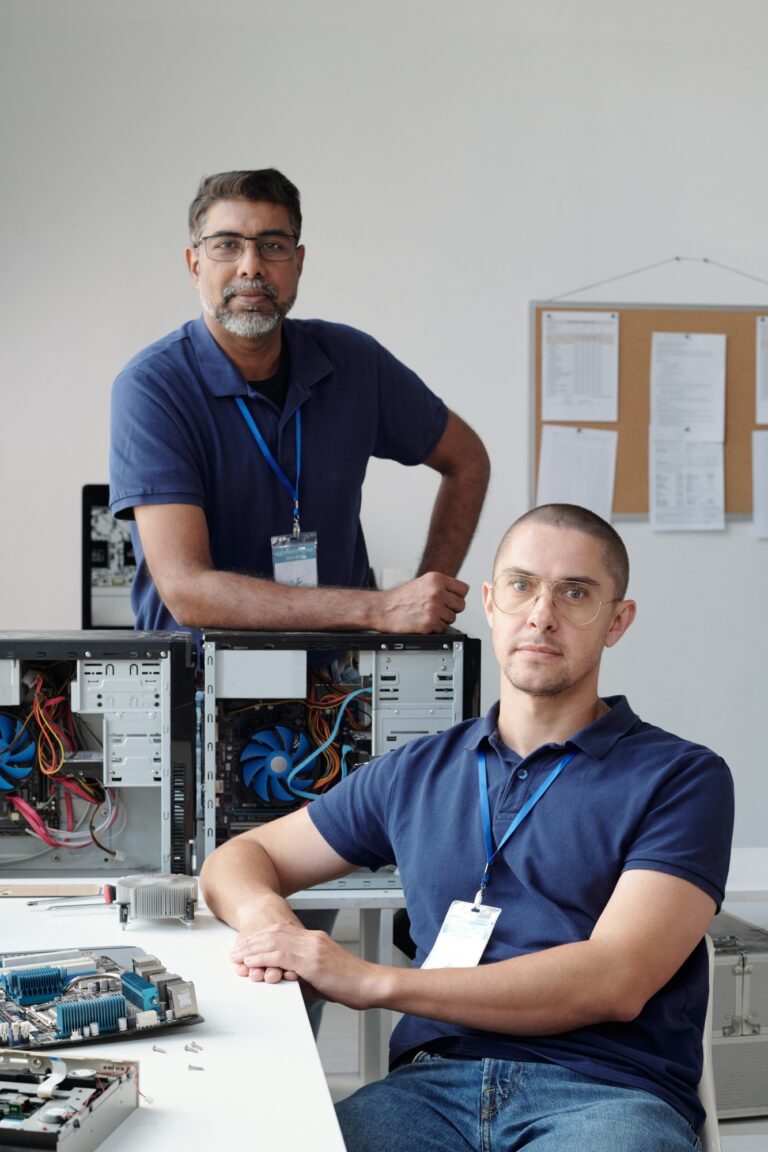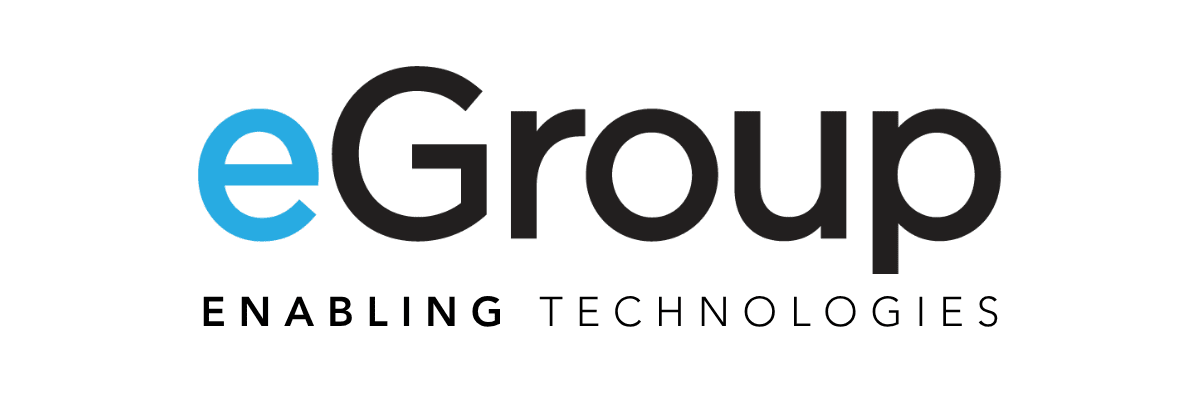GateWay Community College Deploys SharePoint
About This Project
GateWay Community College
Client
1000+
Students
Phoenix, AZ
Location
Overview
GateWay’s SharePoint 2013 footprint was akin to the size of the school: big. With five locations in the Phoenix area, GateWay is part of one of the USA’s largest community college districts (Maricopa). Class set a goal for the new SharePoint solution to be analogous to the college: innovative. After all, 50 years ago GateWay became first technical college in Arizona and was the first to install a computer.
GateWay’s users are diverse. The college offers more than 150 degree, certificate, as well as trade, technical and workforce training options. In addition to traditional programs like nursing, IT, and business, students get to work quickly through programs like Beauty & Wellness, welding, and even meat cutting. Their Center for Entrepreneurial Innovation serves small business and entrepreneurs in bioscience, medical devices, clean technology, and software.
Challenge
“Some departments used Google, some SharePoint, others had home drives and shared drives. The major pain point that we needed to overcome was to upgrade to a single platform that would actually enable more user adoption.”
Israel Class (Director of IT, GateWay Community College)
GateWay’s use of collaboration tools was also diverse. “One of the main things that I heard when I first started at the college was that our SharePoint needed work,” began Class. “It was underutilized and had very low adoption.” Like most colleges, the freedom given to faculty and students resulted in a sprawling set of applications. “We had no single platform for collaboration,” explained Class.
“We began reaching out, doing some research, and communicating with people on campus and faculty to achieve that goal. Getting the migration right was key for us since we’re not SharePoint developers and no one had experience moving from the existing version to the cloud.”
Israel Class (Director of IT, GateWay Community College)
Solution
After doing their research, Class’s team decided to move away from SharePoint on-premises to Office 365. “SharePoint Online would give us the new modern look and the tools and the collaboration that we were looking for, and we’d have a path to jump onto the entire Office 365 platform.”
Before making the transition, Class took the time to ensure the new platform would please key stakeholders. “We began reaching out, doing some research, and communicating with people on campus and faculty to achieve that goal. Getting the migration right was key for us since we’re not SharePoint developers and no one had experience moving from the existing version to the cloud.”

“I had interactions with the guys over at eGroup Enabling Technologies and asked if they had skilled resources, and they said absolutely. We put together a call and explained what we were trying to achieve. As we developed the scope of work, it absolutely helped us to sit down and get answers to our questions.”
Israel Class (Director of IT, GateWay Community College)
Partnering Brings Expertise
eGroup Enabling Technologies had partnered with GateWay for several years, implementing and supporting Lync and Skype for Business Server. Class described how he started the discussion. “I had interactions with the guys over at eGroup Enabling Technologies and asked if they had skilled resources, and they said absolutely. We put together a call and explained what we were trying to achieve. As we developed the scope of work, it absolutely helped us to sit down and get answers to our questions.”

Plan of Attack
Class began by getting critical stakeholders to provide requirements and play key roles in sponsoring the project. “The first thing we did was actually develop a committee to talk about what we wanted to achieve out of the upgrade,” he explained. “We had representation from IT, marketing, faculty, and some power users. Our timeline was very aggressive. We met every week for months, because in education our windows for any kind of major upgrades are few and far between.” The timeline was also compressed due to an intense accreditation process that the college was pursuing. “We said that if we didn’t do it by the start of the next semester, we won’t be doing this.”
eGroup Enabling Technologies’ team quickly developed a project plan to allocate time for planning and design, piloting and migration, and user adoption and training. Class shared eGroup Enabling Technologies’ change management philosophy of communicating early and often. “We communicated what we were trying to achieve from a non-technical standpoint. We did endless amounts of training, developed user guides, and had champions who walked around campus and explained the benefits. We also spun up a mock-up site so people could provide feedback before we actually want to live.”
Since eGroup Enabling Technologies’ SharePoint engineers began working on the platform in 2007, the philosophy has always been to keep it simple. When too many sites erupt with too little navigability or searchability, it is difficult to manage and govern. SharePoint engineers used to spend time designing information architectures and navigable directory trees. The platform is now far more user-friendly, with searchability and meta-tagging of files more critical than the hierarchical structure. A good example comes from another higher-ed institution that overhauled its policy development process using creative tagging and nested documents in SharePoint.
The thorough technical planning paid off in a smooth migration and cutover. “Once we identified all the technical pitfalls and mitigated those, working with eGroup Enabling Technologies, we created the road map,” declared Class. “We set a date for our old site to go down, migrated over that weekend, and Monday morning we were up and running in the cloud without missing a beat.”

“I don’t think we could have been able to do it without eGroup Enabling Technologies, because they see this on a daily basis and we don’t right. So for us, it was good to have resources to send email or set up a call and have an hour or two to say ‘Okay, these are the issues that we’ve seen so far, and how can we overcome them?’”
Israel Class (Director of IT, GateWay Community College)
Lessons Learned
To summarize his lessons learned, Class offered “For something like this, or any project, especially in an education environment, you want to talk to the faculty and staff. You want to get engagement from all the different departments and groups because they’re the ones who will be using it the most, and you want to make sure that their concerns are addressed.”
eGroup Enabling Technologies’ change management professionals were most impressed by how Class engaged Gateway’s key stakeholders. He explained “We offered lots of training and we marketed everything. We were constantly meeting with marketing to make sure that they had a voice because they were the ones who actually sent out all the announcements and the emails. Finally, make sure that you get sponsorship from the executive team. I had to get buy-in from the president and executive team that this was going to be the platform that we were going to use for collaboration. Once we got executive support, it trickled down to the rest of the organization, which also helped our user adoption.”
“I also suggest planning everything very very thoroughly, and engaging organizations like eGroup Enabling Technologies to help because they have a wealth of knowledge,” Class concluded. “I don’t think we could have been able to do it without eGroup Enabling Technologies, because they see this on a daily basis and we don’t right. So for us, it was good to have resources to send email or set up a call and have an hour or two to say ‘Okay, these are the issues that we’ve seen so far, and how can we overcome them?’”
They overcame them just fine, and SharePoint is now in the spotlight.

eGroup Can Help You Too!
Is your organization struggling with outdated collaboration tools? Discover how a SharePoint Online migration can streamline workflows, boost user adoption, and improve efficiency. Complete the form below to connect with our team and explore how we can help you modernize your SharePoint environment.


